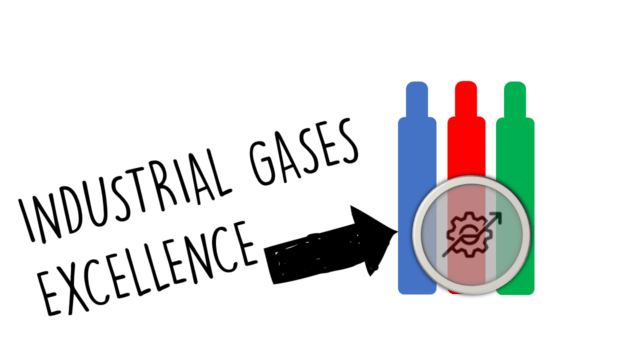Problem Description
Breathing problems are a prevalent health issue that affects millions of people worldwide. These issues can range from mild, temporary conditions like a stuffy nose due to a common cold, to severe, chronic conditions such as asthma, chronic obstructive pulmonary disease (COPD), or lung cancer. The symptoms often include shortness of breath, wheezing, coughing, chest tightness, and difficulty in performing routine activities.
Analysing Impact of Breathing Problems
The impact of breathing problems is far-reaching and profound. On an individual level, they can significantly impair the quality of life. Simple tasks such as walking up the stairs or carrying groceries can become daunting for those suffering from severe breathing problems. This can lead to decreased physical activity and subsequent weight gain, further exacerbating the condition.
On a societal level, breathing problems place a substantial burden on healthcare systems. They lead to increased hospital admissions and healthcare costs. Moreover, they also result in lost productivity due to sick days and reduced work capacity.
Finding out the Main Breathing Problems using the 5 Why Model
The 5 Why model is an effective tool for identifying the root causes of breathing problems. It involves asking ‘why’ five times to delve deeper into the issue at hand.
1. Why do individuals experience breathing problems? The immediate cause is often an obstruction or inflammation in the airways.
2. Why is there an obstruction or inflammation? This could be due to various factors such as exposure to allergens or irritants, infections, or underlying health conditions like asthma or COPD.
3. Why are individuals exposed to these allergens or irritants? This could be related to environmental factors such as pollution or lifestyle choices like smoking.
4. Why are these environmental factors and lifestyle choices prevalent? This could be due to lack of awareness about their impact on respiratory health, socio-economic factors influencing lifestyle choices, or inadequate policies addressing air quality.
5. Why is there a lack of awareness, socio-economic influences, or inadequate policies? This could be due to gaps in public health education, socio-economic disparities, or lack of prioritisation of respiratory health in policy-making.
Conclusion and What to do Next
Breathing problems are a significant health issue with wide-ranging impacts. The root causes are multifaceted, involving individual health status, lifestyle choices, environmental factors, and broader socio-economic and policy issues.
Addressing these problems requires a comprehensive approach. On an individual level, this could involve lifestyle modifications such as quitting smoking, regular exercise, and maintaining a healthy weight. Regular check-ups can also help in early detection and management of underlying conditions.
On a societal level, there is a need for increased public health education to raise awareness about the impact of lifestyle choices and environmental factors on respiratory health. Policies addressing air quality and reducing socio-economic disparities can also play a crucial role.
In conclusion, while breathing problems are complex and challenging, they are not insurmountable. With concerted efforts at various levels, it is possible to reduce their prevalence and impact.



